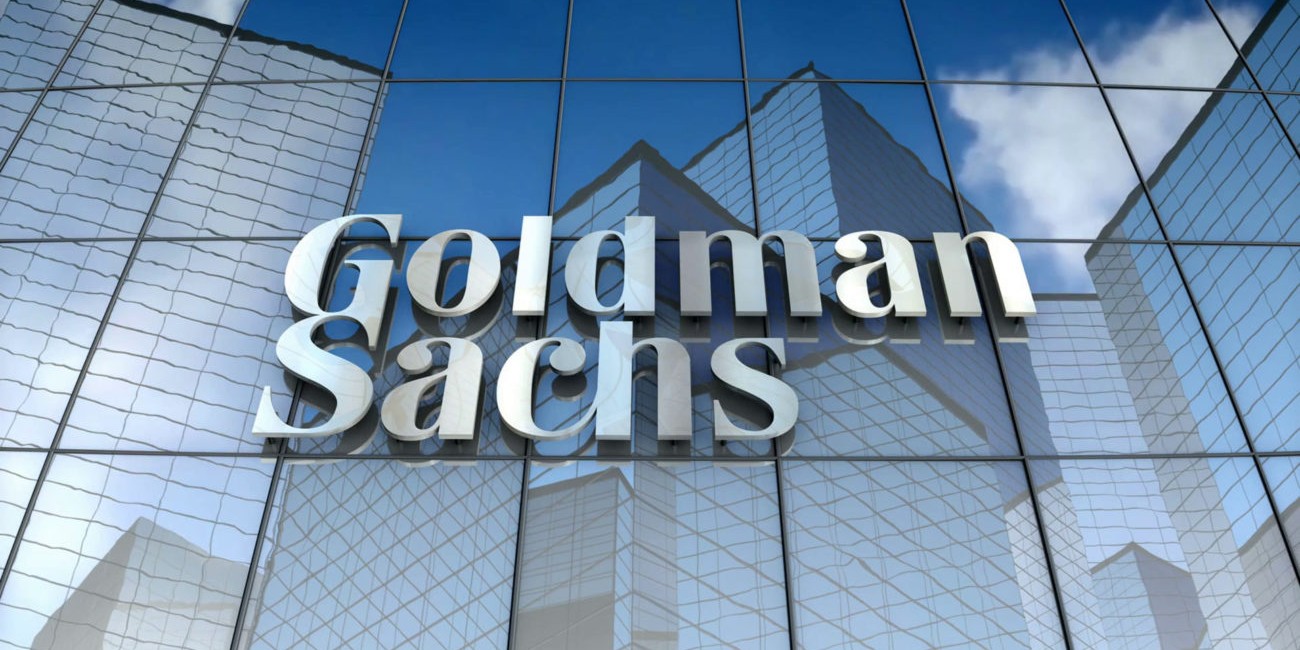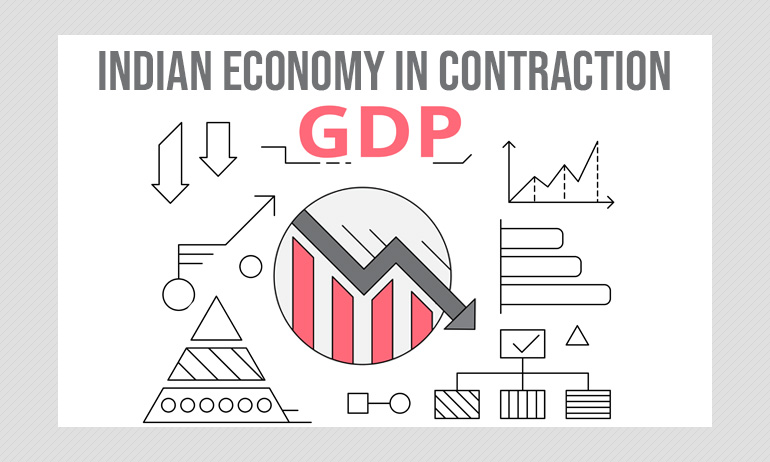India’s GDP contraction during April-June was one of the sharpest contractions noted by a country, in the whole world. It was estimated that the Indian GDP growth projection was to be at a rate of – 5 percent. However, Fitch Ratings updated its calculations as they now project a GDP growth rate to come down to – 10 percent in FY21. The main contraction was caused by the COVID-19 pandemic, the blow that most countries suffered alongside the subcontinent. However, Fitch Ratings cited reasons like continued spread of the virus and state-imposed lockdowns that are still being held in several states regularly would add to the devastated economy of the country.
In the first quarter of FY21, the finance minister announced that the Gross Domestic Product of the country had contracted by a huge amount as much as 23.9 percent, which was never seen previously in the history of the country. The finance minister of the country, Nirmala Sitharaman referenced the COVID-19 pandemic as the “act of God” and held it responsible for the massive fall of Indian GDP.
What is “Fitch Ratings”?
Headquartered in New York, Fitch Rating is a Credit Rating agency. It is one of the Big Three Credit Rating Agencies the other two being Moody’s and Standard & Poor’s. The company falls under one of the three nationally recognized statistical rating organizations (NRSRO) designated by the U.S. Securities and Exchange Commission in 1975.
The firm was founded on December 24, 1924, by John Knowles Fitch in New York City, and was then known as the Fitch Publishing Company.
The diminishing growth rate of the country’s GDP:
According to the company, Fitch Rating Inc., the Indian GDP is one of the sharpest contracted GDP in the world in the April to June quarter. They also predict that the GDP would increase the scale of recovery as the country introduces unlock programs. They expect a strong rebound from the country’s GDP during the July to September period.
But as the month of July passed the company noted that although they had high hopes that the GDP of the country would rebound, they found that recovery has been sluggish and uneven throughout the country.
During the September update of the Global Economic Outlook (GEO), the company Fitch commented that the deepest recession in the world was seen by countries- India, the United Kingdom and Spain. These are the countries where “particularly large shocks” rippled from the pandemic in daily mobility data on visits to retail and recreation venues. The countries also stringent lockdowns which were long-lasting throughout the April to June period.
The company cited several factors adding problems and holding back the economic recovery of the countries.
They said, “New cases of the coronavirus continue to increase, forcing some states and union territories to re-tighten restrictions… The continued spread of the virus and the imposition of sporadic shutdowns across the country depress sentiment and disrupt economic activity.”
Severe fall in activity has damaged households and corporate incomes and balance sheets while the financial support from the government remains to be limited. The countries also suffer from a deteriorating asset quality in the financial sector that reduces the credit provisions of the banks while they suffer from weak bank capital buffers.
High inflation and weak household incomes in most parts of the country add woes to the citizens. Higher transport costs due to disruptions in the supply chain and increased excise duties resulted in a sudden hike in the prices of necessary materials.
As per the projections from the company, the GDP would be – 9.6 percent in July-September, – 4.8 percent during October-December, and 4 percent in January-March session. Fitch expects that in the next fiscal the Indian economy would grow by 11 percent while 2022-21 session growth of 6 percent was calculated by the company.
The company added that their study found that the COVID-19 pandemic spread has been more prevalent in emerging market countries excluding China, with the progress of the year. They found that countries like India, Brazil, and China have one of the largest numbers of caseloads in the world.
According to the company statement, “India imposed one of the most stringent lockdowns worldwide in 2Q20 and domestic demand fell massively. Limited fiscal support, fragilities in the financial system, and a continued rise in virus cases hamper a rapid normalisation in activity. The double-digit growth rate we expect for 2021-2022 simply reflects the low base in 2020 – we do not expect GDP to return to pre-virus levels until 1Q22 (January-March. 2022).”
Goldman Sachs also predicts a drop in Indian GDP:

Goldman Sachs, the investment bank, also said on Tuesday that they predict the Indian GDP might have to go through a deeper recession in FY21 with a contraction rate of 14.8% against its earlier estimated rate of 11.8% dip in economic activity.
In their research note, the bank stated, “In light of the Q2 (June quarter) GDP report, we are making further significant adjustments to our GDP forecasts for India. We now forecast Q3 (September quarter) 2020, and Q4 (December quarter) 2020 at GDP growth of -13.7% YoY and -9.8% YoY, respectively (compared to -10.7% YoY and -6.7% YoY previously). Our estimates imply that real GDP falls by 11.1% in the calendar year 2020, and by 14.8% in FY21 (vs growth of -9.6%, and -11.8% in our previous forecasts).”
However, they expect the GDP to rebound quickly during 2021. They stated that they expect the GDP growth to bounce back sharply on a year-over-year basis due to favorable base effects in Q2 2021.
They also added, “Assuming ~70% of the lost output in June 2020 is recovered in June 2021, we expect real GDP in Q2 2021 at +27.1% YoY. Going forward, assuming a step down to more normal levels of sequential growth, we now expect average annual GDP growth in CY21 and FY22 at 9.9% and 15.7% respectively (relative to 3.8% and 7.0% before). Our forecasts assume that in level terms, real output in March 2022 would still be ~2% below its level in March 2020.”

